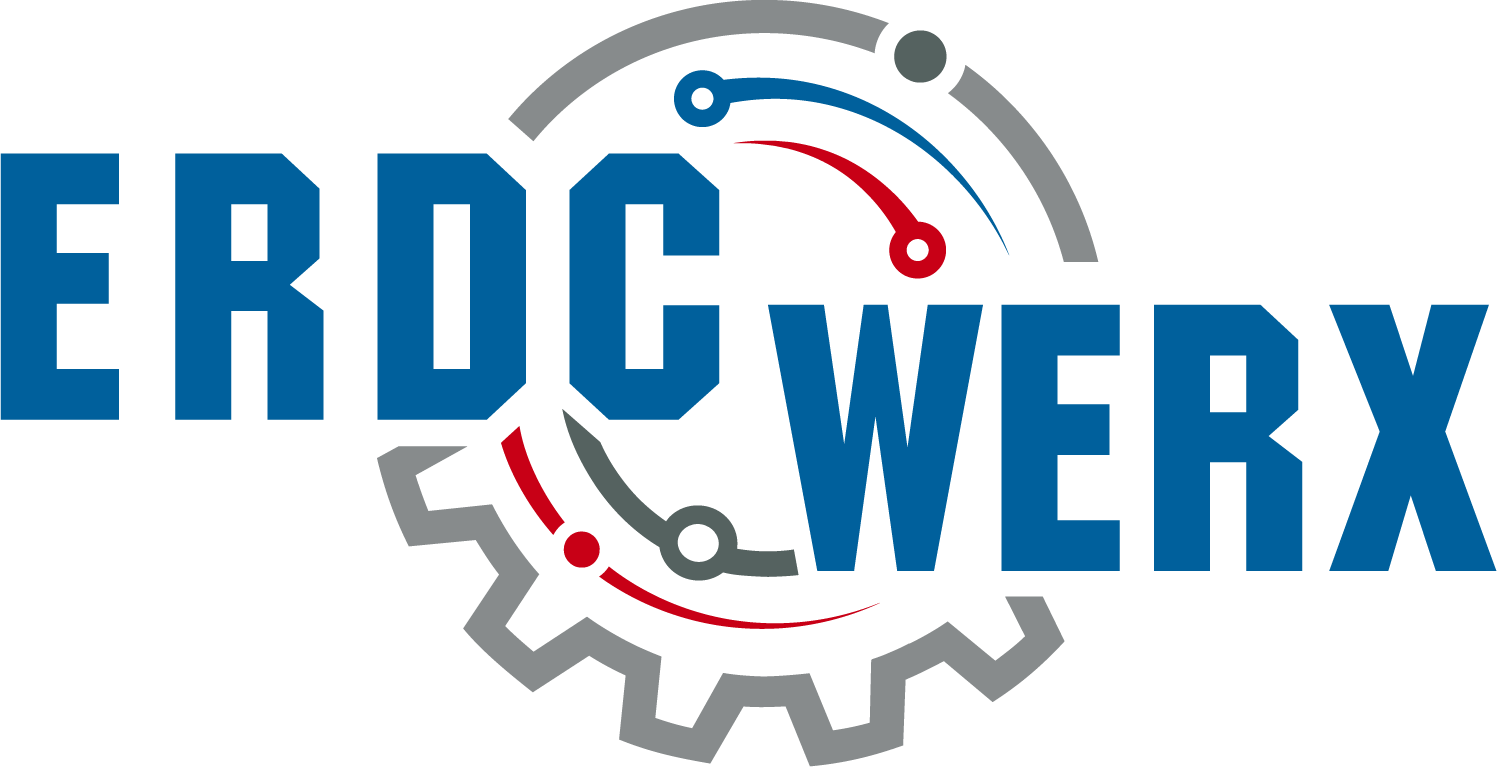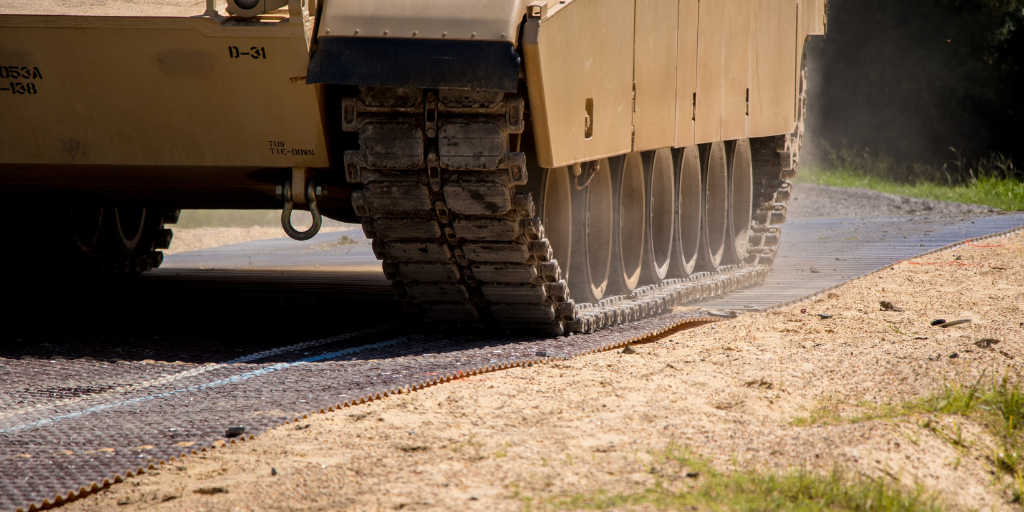Overview
The U.S. Army Engineer Research and Development Center (ERDC) is soliciting white papers for Rapidly Emplaced Ground Stabilization Materials for Rapid Road Repair.
Heavy vehicles, when traversing weak soils, cause rapid accumulation of rutting. Ground conditions eventually become impassible. Techniques to improve soil conditions include placing gravel or other materials over the soil, using timber or other materials for added support, or mixing soil additives to increase bearing capacity. Ground matting systems are available, but these systems often require specialized equipment, machine support, or intensive manual labor to emplace. A new expedient, single-use matting material is sought for contingency environments that can provide added structural support to enable vehicle movement over weak soils.
Estimated Government Funding Profile
The government anticipates up to three awards through FY23. The total estimate for a single award is $100,000 (up to $300,000 total).
Estimated Prototype Period of Performance
The period of performance anticipated is 12 months from the project award.
Project Objective/Technical Requirements:
The project objective is to develop a prototype solution that expedites vehicle maneuver across weak soils or degraded/under-designed infrastructure. This objective requires the development of a prototype material solution made from geotextiles or other materials that can be rolled out over a desired location and that hardens in place to provide increased structural capacity. Once emplaced, the prototype material should have adequate stiffness to spread loads from ground vehicles and prevent permanent deformation of soils underneath. Desired attributes of the prototype solution are as follows:
- Comprised of fabric or geotextile materials that can be delivered to the point of need in rolls having a minimum width of 15 feet and length of 300 feet
- Have a maximum weight of 12 lbs. per square yard
- Contain resin or other embedded material that undergoes curing through activation by water, ultraviolet light, or another mechanism to stiffen the fabric when activated
- Have a minimum tensile strength of 1,500 lbs. per inch after 8 hours of curing
- Have a minimum flexural strength of 60 lbs. per inch after 8 hours of curing
- Materials do not need to be recoverable
- Coupon testing samples are desired during prototype development
- A full deployable system will be developed upon successful proof of concept
Evaluation Criteria
White papers will be evaluated based on an integrated assessment of the following:
- The degree to which the solution meets the requirements of the desired objectives and/or technical requirements of the prototype request.
- The evaluation of potential impacts of the data rights assertions.
- The evaluation of whether the white paper sufficiently demonstrates 1) significant participation by NTDCs or significant participation by non-profit research institutions, 2) all significant participants in the transaction other than the Federal Government are small businesses in the SBIR or STTR programs or NTDCs, or 3) at least one-third of the total cost of the prototype project is to be paid out of funds provided by parties other than the Federal Government.
- The evaluation of the ROM price and whether it is commensurate with the identified solution.
- Government funding availability.
How to Participate
1. Review the complete Solicitation
2. Once white paper is ready to submit, complete the White Paper Submission Form
Questions: Please send all technical and administrative questions to [email protected]. Q&A will be updated periodically. It is the responsibility of the offeror to review Q&A prior to submitting a white paper.


